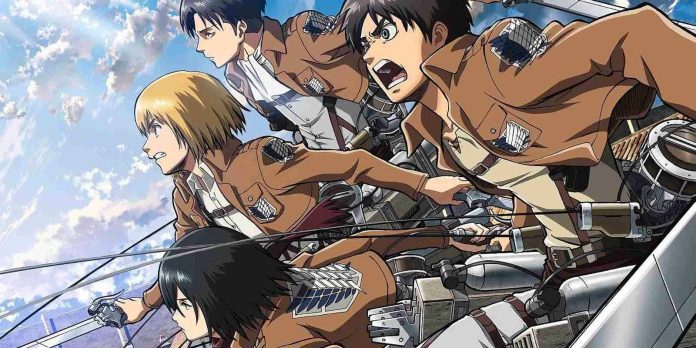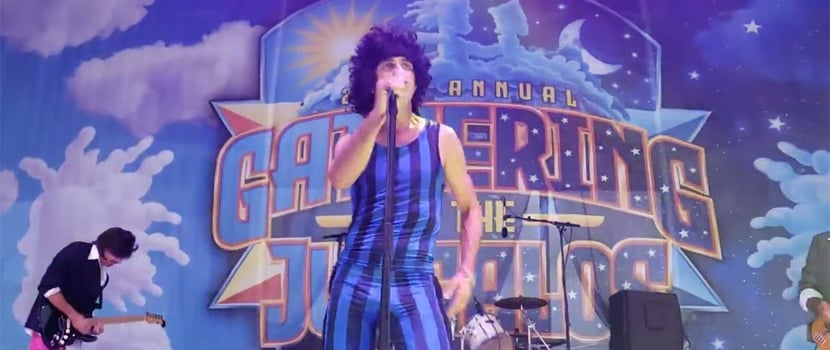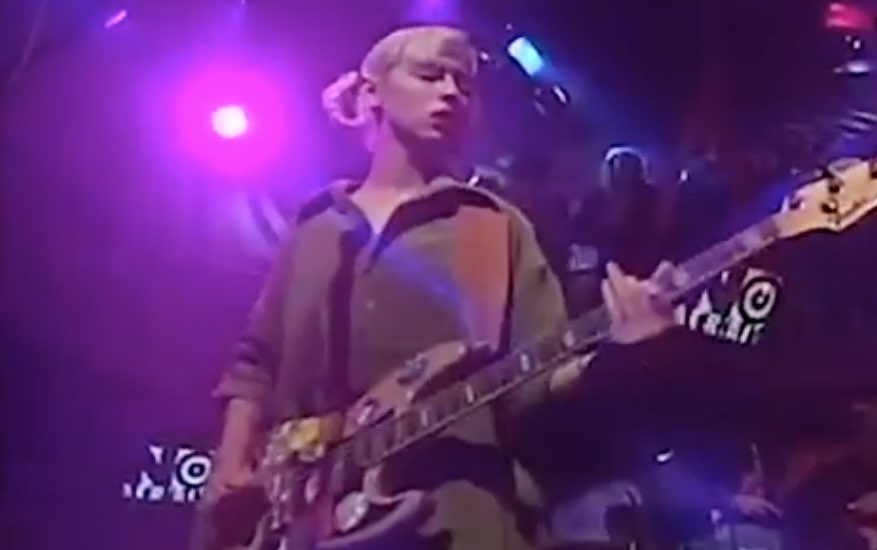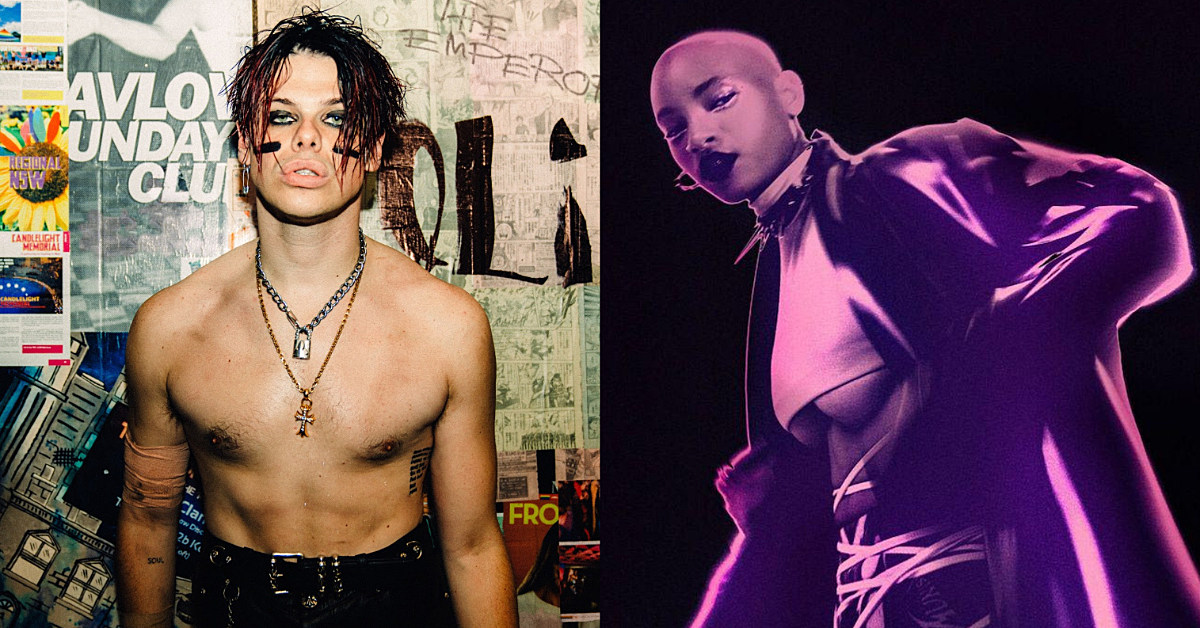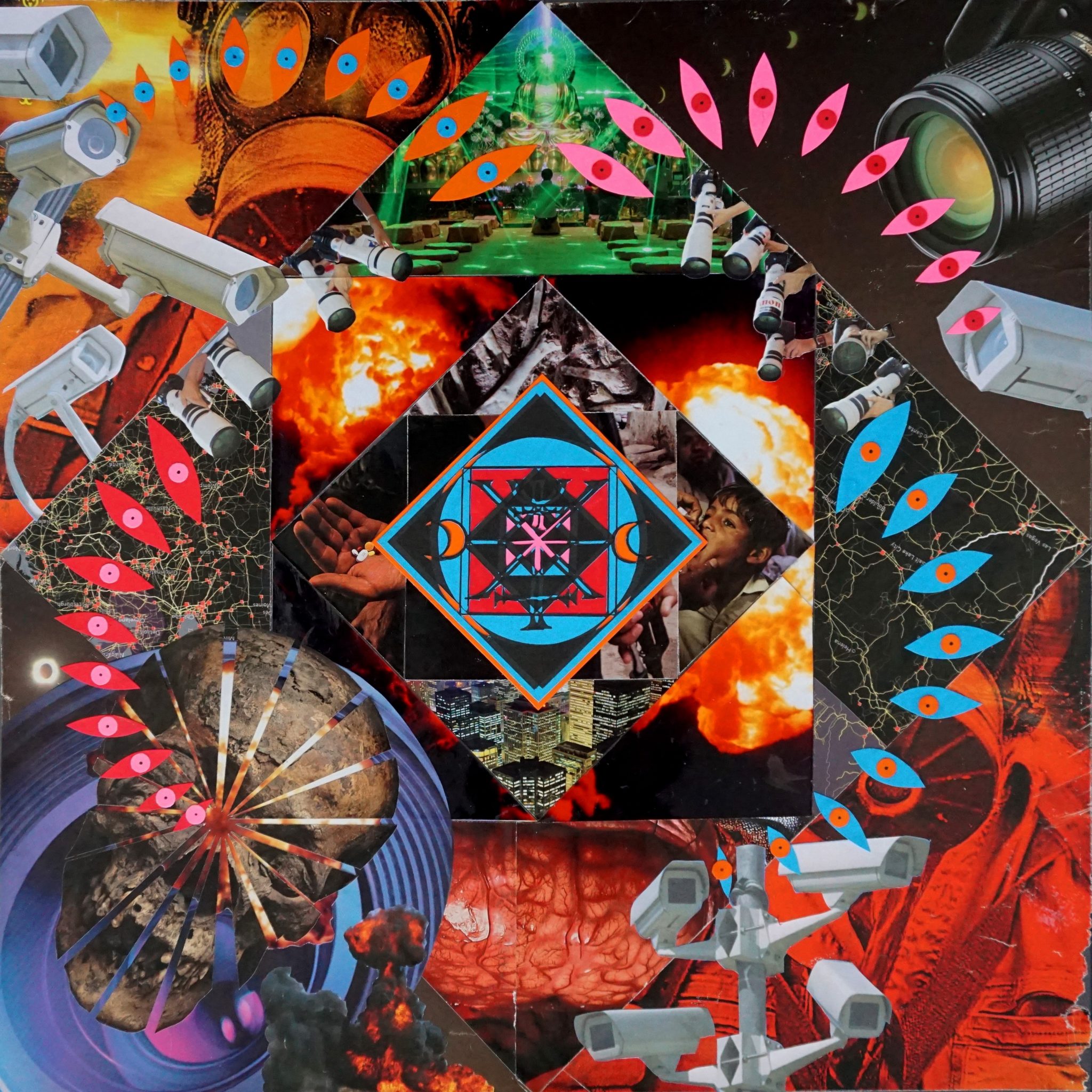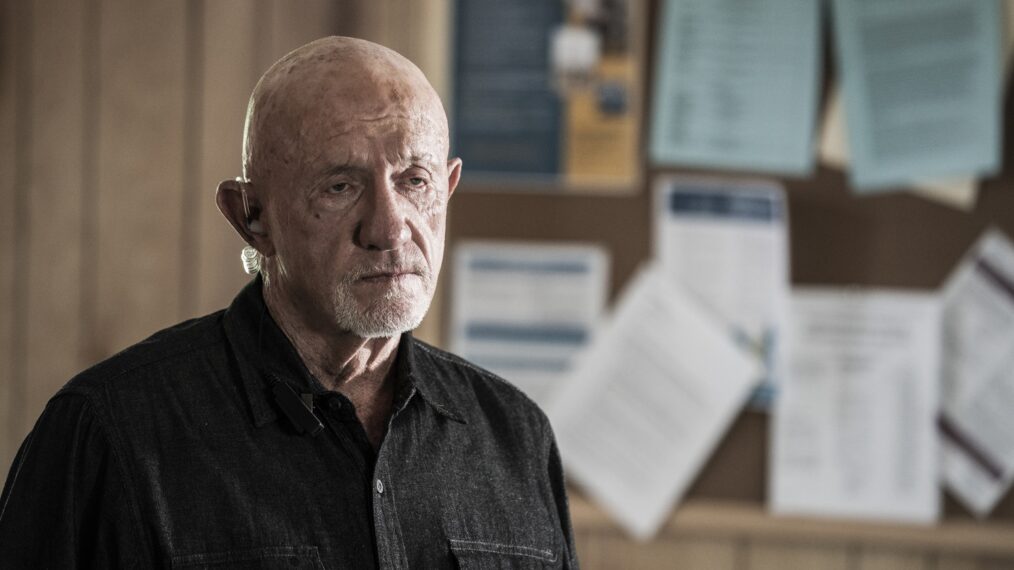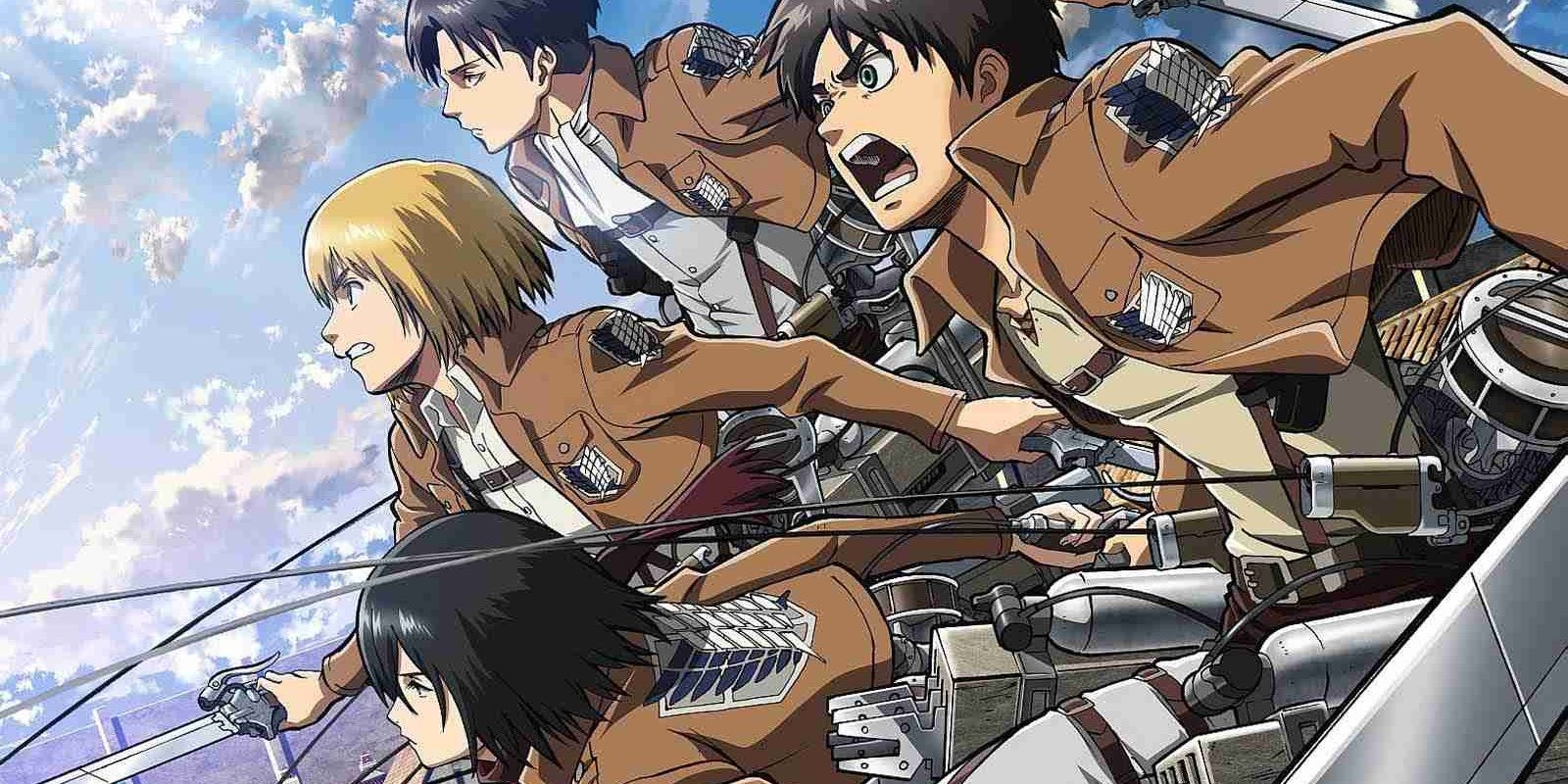
Mangaka Hajime Isayama’s unique evolution as an artist, through his dynamic concept of man versus monster, is the source of his series’ longevity.
Warning: Article contains spoilers for Attack on Titan!
On the way to kill another monster and save humanity, flying through the air with swords drawn upon the propulsion of vertical maneuvering equipment, the heroes of mangaka Hajime Isayama’s groundbreaking work Attack on Titan are a new brand of action iconic. As the popular television series based on the manga reaches its final fever pitch, rife with the turmoil and tragedy that have become his creation’s trademark, it is Isayama’s singular eye for action-sequencing and innovative dramatic reverence for the concept of monster hunting that elevates the work and ensures it will endure in the storied annals of manga.
SCREENRANT VIDEO OF THE DAY
The discipline of making a paneled story, like any comic strip or manga, is in part the art of understanding the fluidity of the reader’s visual recognition when viewing an example of the medium. That is, the unique way an image can hold and direct the reader’s eye. In many ways, this is the key ethic that Isayama built his story upon, using the basic but powerful imagery of fearless warriors taking down cannibalistic titans using only blade, grappling hook, and a primitive but effective gasoline-powered rocket pack for aerial transport. No doubt influenced by heroes like Marvel’s Spider-Man and stories of pitched aircraft warfare, Isayama set out to fuse these heroic symbols to tell a seminal anti-war story using the trappings of shonen manga.
Related: Attack on Titan’s Intense Action Sequencing Shows Why Simple Is Best
There are many stand-outs in Isayama’s decade-long journey, made even more impressive in the leaps and bounds he made as an artist as he progressed. Never one to rest upon his story’s past successes, Attack on Titan’s deft and dramatic sense of destruction only escalates in new and terrifying ways as the series draws on, from Annie Leonhart’s attack on Stohess, to the retaking of Shiganshina district and subsequent near-total decimation of the Survey Corps, to Eren’s merciless assault on the citizens of Marley. What arises as the series’ true quality over the course of the narrative (aside from its labyrinth of plot twists) is its incredible synthesis of drama and action using this formula, as the story veers from action to horror at the turn of a page.
One particularly effective use of this technique would be in his Chapter 81 “Promise” which features protagonist Levi Ackerman systemically dismembering his nemesis, Zeke Yeager, the Beast Titan. In a truly remarkable demonstration of spatial awareness and form, Isayama perfectly renders Levi’s attack in riveting and emotional form, taking only a few pages what might take another artist an entire book to lay out. What is noteworthy, aside from the visceral emotional reality of these two heavy combatants, is how Isayama uses these larger-than-life, fantastical creations to the utmost of their abilities and potential.
Finding a balance in terms of the overall shape of a story can be incredibly difficult to strike, but what anchors Isayama’s tale of woe is the strange yet harrowing blend of fast-paced action drawn from the initial concept; exciting, yet brutally violent and deeply personal. In this way, throughout his epic Attack on Titan, Hajime Isayama demonstrates a master’s touch throughout his action set-pieces by continually inviting the reader to experience his heroes’ psychological experience, in rage, focus and fear.
Next: Floch Is The Best (& Only) Proper Villain In Attack On Titan
Teen Titans’ Disappointing Series Finale Got a Happy Ending in Comics
About The Author  Andrew Firestone (239 Articles Published)
Andrew Firestone (239 Articles Published)
Andrew Firestone is a writer of sentences, paragraphs, chapters and words, cultural enthusiast and a hard news junkie from Allston, Massachusetts. An editor, audio engineer and evangelist of all things awesome, he’s saddled with an all-consuming awe/fear of Alan Moore, so please be kind. Formerly a writer for the public interest in local government, Andy is a graduate of Lesley University and holds a bachelor’s degree in English Literature. He enjoys loud music and soft music and sometimes in-between.
